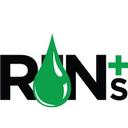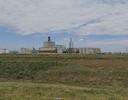Realizing the Vision to Reclaim, Recycle, Refuel

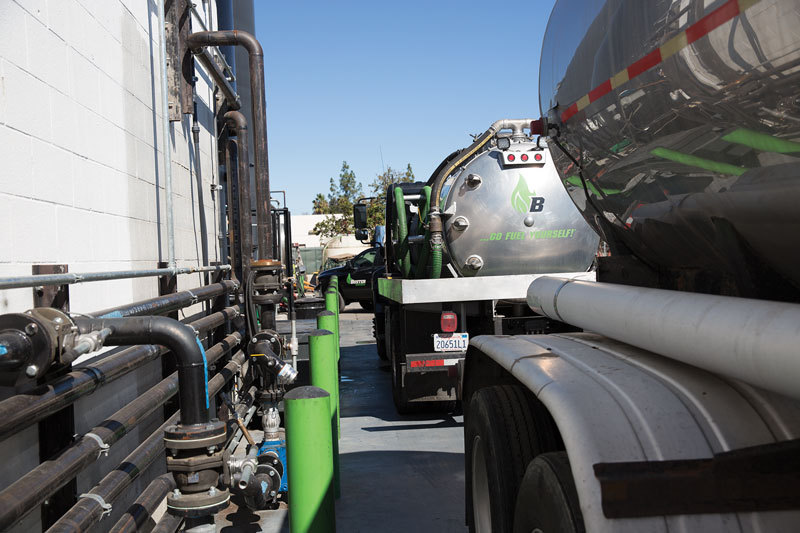
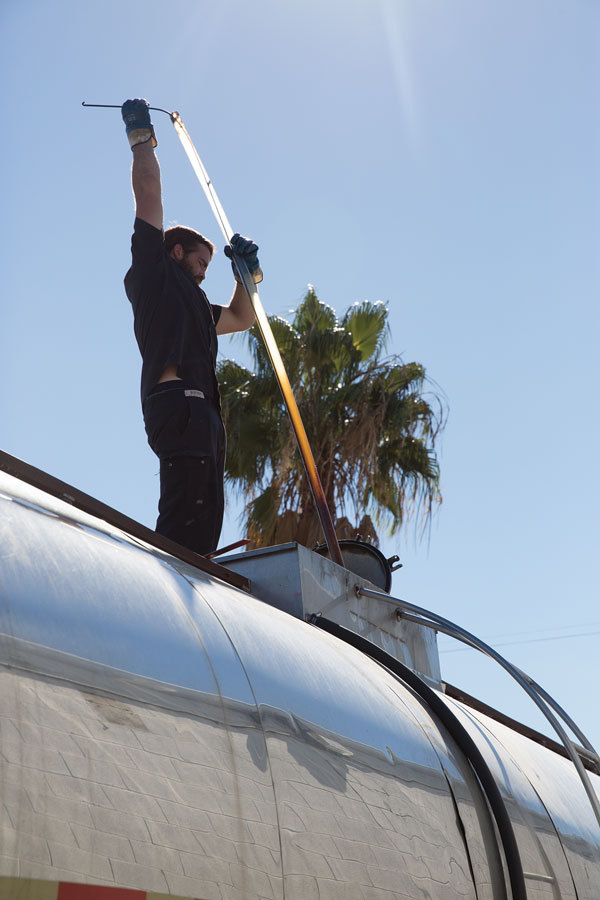
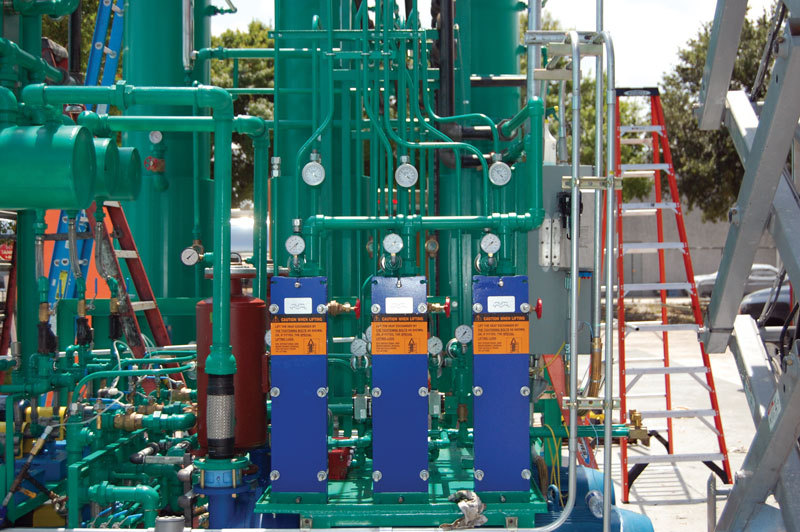
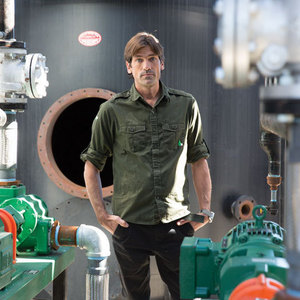
PHOTO: JAMES WALL
January 6, 2015
BY Ron Kotrba
Like so many in this industry, Buster Biofuels CEO Weldon “Buster” Halterman’s entrance into the commercial biodiesel world was fueled by frustration and passion. The frustration arose from his homebrewing experiences. His passion stemmed from a deep-rooted desire to tread lightly on this planet by reducing emissions—and empowering others to do the same.
“This all started when I became frustrated with making my own fuel,” Halterman says. “It was time-consuming and surely not saving me money, but I was passionate about it and wanted to continue using biodiesel. Stopping my 50-gallon batches would mean that I’d have to stop refueling my vehicles since there was only one station—Pearson Fuels—in San Diego selling biodiesel. This was too far away.”
Meanwhile, Halterman, a former professional skateboarder who held full-time positions in various corporate management and consulting roles, reached out to the market and spoke to friends, everyday consumers, companies and organizations such as the San Diego Padres and Legoland that care about the environment and product choices available. They all loved the idea of biodiesel but wondered, “Where can I get it?”
“Through my desire to make biodiesel more available to companies and consumers, Buster Biofuels was born,” Halterman says.
Since late 2009, Buster Biofuels has been growing its feedstock collection base in the San Diego area with the mission to reclaim, recycle and refuel. “Since we were handicapped and unable to make biodiesel at a facility of our own, we chose to launch a pilot program to prove our ability to fulfill our mission,” Halterman tells Biodiesel Magazine. The company outsourced production to a few biodiesel plants, which enabled it to deliver fuel in limited volumes to select, local entities such as the Padres, Legoland California and San Dieguito Union High School District. “We figured it wasn’t going to make us any money at the time, but it was about showing both ourselves and our alliances that it was possible and within our means, no matter what adversity stood in front of us,” he says. “It definitely boosted company morale at a time when our in-house plant was not in the foreseeable future.” He says, in the end, it was fun creating marketing videos with key companies and individuals who believed in Buster Biofuels’ entrepreneurial spirit.
Today Buster Biofuels’ feedstock collection has spread to Los Angeles, and the company is nearing the end of a construction project that will establish the first enzymatic biodiesel production facility on the West Coast. Construction officially began in October 2013 when Buster Biofuels broke ground for the concrete foundation on which its “tank jungle” was built. “I call it a tank jungle because real estate was extremely tight and our tanks are tall and skinny,” Halterman says. Nearly two years before a shovel was put in the ground though, Halterman had selected Tactical Fabrication to build his plant.
Tactical Decision
“At the time we were contacted, Buster had already completed the site selection and was working on his infrastructure and other permitting,” says Franklin “Frankie” Mathis, owner and CEO of Tactical Fabrication. “Our scope was limited to the process vessels involving methanol recovery, glycerin separation and similar processes. We began designing Buster’s facility as a traditional project.” During this period, Tactical Fabrication had also begun working with Stuart, Florida-based Viesel Fuel LLC, a biodiesel producer seeking early entry into enzymatic biodiesel production partnering with Danish enzyme maker Novozymes.
Tactical Fabrication entered the biodiesel space in 2005 as a result of Hurricane Katrina. The two principals, Franklin and his son Garrett, were given the responsibility to ensure regular fuel supplies for a contractor who was providing demolition and emergency infrastructure repair in Louisiana. Petroleum fuels were hard to obtain and deliveries were irregular. To help solve this problem, the two partnered with a small biodiesel producer outside of the destruction zone and quickly learned how to improve the efficiency and quality of the biodiesel, increasing production to a level that could meet the needs of the contractor. “In a matter of weeks we had converted a 6,000-gallon-per-week plant into a nearly 10,000-gallon-per-day plant,” Mathis says. “That experience, together with the need for renewable and sustainable energy supplies, led Tactical Fabrication to focus on biodiesel from that point forward.”
Tactical Fabrication began by providing maintenance and support to its biodiesel clients, but as its experience became more varied and its knowledge increased, the company began constructing, fabricating and assembling vessels and expanding existing plants. “Tactical Fabrication has now grown to a point where we have the ability to fabricate and erect entire biodiesel plants,” Mathis says. “Further, all vessels we construct or plants we build can be fully automated.” Tactical Fabrication has provided its services to biodiesel clients in the U.S., Europe and South America, including Patriot Biodiesel, Triangle Biofuels Industries, Coastal Biofuels Inc., Synergy Biofuels, Mother Earth Energy Inc. and EBM Technologies, to name a few.
Halterman says at the end of 2011, Tactical Fabrication brought to his attention Viesel Fuel and its progressive direction with an enzymatic process. “Our original equipment and design has always kept enzymatic in mind in hopes that we could incorporate it, if and when the process seemed commercially ready,” Halterman says, adding that lines of communication were kept open between Viesel Fuel, Tactical Fabrication and his team. This meant project updates from both sides and multiple site visits. “Eventually, it just made sense for us all to commit to each other and the enzymatic process on the West Coast,” he says. Mathis adds, “The enzymatic process being developed by Viesel is so cutting-edge and state-of-the-art that we redesigned Buster’s facility to be enzymatic.”
Mathis says, after years of experimentation and testing with Novozymes, Viesel Fuel and with the assistance of Purolite Corp., “We were able to improve the enzymatic process using a proprietary resin whereby no caustics are used and the FFA are converted to biodiesel with a minimum of losses. There is no question in our minds that this is the cutting-edge technology for the manufacture of biodiesel.”
In December, Novozymes announced it is making its Eversa enzymatic solution commercially available to the industry after years of working with select plants to prove out the technology. “Viesel actually developed the final version of the enzymatic process using the Eversa enzymes,” says Stu Lamb, CEO of Viesel Fuel. “We have been working almost exclusively with Novozymes to perfect this process,” on which Lamb says Viesel has a patent pending.
Feedstock quality has long been an issue in biodiesel production. Tactical Fabrication developed a mechanical pretreatment process to make low-quality feedstock suitable for the enzymatic process. Water and high free fatty acid (FFA) content are not problems for enzymatic processing as they are for base chemical catalysis. Mathis says Tactical Fabrication has also developed a mechanical treatment for sulfur removal so even feedstock high in sulfur, such as brown grease, can be used in the enzymatic process.
“Since most of the other elements of a traditional biodiesel plant are similar to an enzymatic plant, we can install this new process in existing facilities relatively seamlessly,” Mathis says. “Upon conversion, the enzymatic process runs at an operating temperature of approximately 95 degrees Fahrenheit, which is a fraction of the energy requirements of a traditional plant. Further, there are no high pressure operations as most of the enzymatic processes function at atmospheric pressure with no special tank or mixing requirements. The downstream polishing process is very traditional in requiring methanol recovery, glycerin separation, and ion exchange, which all traditional plants do now.”
Advertisement
Lamb says the capital costs for equipment using the enzymes are far less than conventional plants, but the operating costs are about the same. “The real savings is being able to use cheaper, high-FFA feedstocks such a brown grease, fish oil and more,” Lamb says. “In many cases, these feedstocks are $1 per gallon cheaper than conventional feedstocks such as used cooking oil or soybean oil. And the return on investment is remarkable.”
Tactical Fabrication built its functioning skids in Georgia and transported them to San Diego for installation and commissioning at Buster Biofuels. “These skids make it possible to plug into a traditional facility, install the enzymatic process or otherwise expand a facility, and then dramatically increase production,” Mathis says.
While Viesel Fuel spin-off company Viesel Skunk Works LLC and Tactical Fabrication have recently developed a continuous flow enzymatic process, Buster Biofuels is utilizing a modified batch approach.
In addition to Tactical Fabrication, Buster Biofuels is using equipment from vendors including Eaton, Parker Boiler, Autrol and Central Valley Tank. Mathis says beyond Novozymes, Viesel Fuel and Purolite, his other partners include Industrial South for automation and attorney James M. Vernon for legal support. The principals of Tactical Fabrication are also involved and have an ownership interest with Vernon in the Florida-based engineering firm Renewable Fuel Consultants and Engineers Inc., which provides full site and process engineering services.
Staying True
Buster Biofuels will be the first commercial-scale facility to use the Viesel Enzymatic Process, and the first enzymatic plant on the West Coast. Lamb says while Buster Biofuels is the first plant installing its process, it’s not the only one. “We are working on a 20 MMgy project in Boston as well as a 10 MMgy plant in Indiana,” he says. When asked why Buster Biofuels ultimately decided to go enzymatic, Halterman says, “Our engineers and the Buster Biofuels team were continually challenged by traditional esterification. My partner Brian Sachau and I wanted to get on board with a more advanced process instead of traditional esterification and transesterification. We detested the thought of using sulfuric acid—from a safety and environmental perspective—and being selective in our feedstock purchasing due to FFA restrictions. I would say these two things were driving forces that helped us make the decision.”
To help make Buster Biofuels’ vision of operating a cutting-edge plant in San Diego a reality, the company received a $2.64 million grant from the California Energy Commission in 2013 to help construct its 5 MMgy facility. “Since we were self-funded to date, the CEC grant enabled us to pull the trigger on construction and surely gave our private investors and owners more confidence in Buster Biofuels’ vertically integrated model,” Halterman says.
The road Halterman has taken from his days of homebrewing and gauging the market years ago to nearly completing his advanced biodiesel processing facility has been a long one. “We have been growing with this foundation and desire as best we can at what seems to be a snail’s pace as we bounce with the political and regulatory punches,” he says. “Our mission is ‘Reclaim, Recycle, Refuel.’ This mission, or vision, gives us purpose on a daily basis.”
The most important lessons Halterman and Sachau have learned about building a biodiesel plant are patience and perseverance. “This is one of the most challenging things that my partner and I have ever taken on,” Halterman says. “I, personally, have learned that staying true to what you believe in is the best policy. In other words, keep the eyes on the prize. Sadly, and unfortunately, in the past five years—more than ever—I’ve learned that most businesses and most people think first and foremost about the mighty dollar instead of doing the right thing. It seems obvious that most are driven by money, right? However, it is a whole new level running a ‘green’ business that often requires educating and recruiting support from the mainstream. It is crazy how many people just don’t care about the environment or doing the right thing. I’m sorry, but doing the right thing is rarely cheaper—and I can almost guarantee it won’t be convenient.”
Author: Ron Kotrba
Editor, Biodiesel Magazine
218-745-8347
rkotrba@bbiinternational.com
Advertisement
Related Stories
Biodiesel capacity in the U.S. and Canada dipped slightly stable in 2024, with several renewable diesel producers reporting headwinds and lower margins alongside a drove of SAF projects in various stages of development.
The IEA’s Task 39 group has new research regarding the development and status of the sustainable aviation fuel industry.
The U.S. EPA on Nov. 16 released updated RIN data, reporting that nearly 2.11 billion RINs were generated under the RFS in October, up from 1.81 billion generated during the same month of last year.
Conestoga to host SAFFiRE cellulosic ethanol pilot plant
Conestoga Energy and SAFFiRE Renewables LLC announced on Nov. 16 their agreement for Conestoga to host SAFFiRE’s cellulosic ethanol pilot plant at Conestoga’s Arkalon Energy ethanol facility in Liberal, Kansas.
Officials at Calumet Specialty Products Partners L.P. discussed the company’s proposed plans to boost sustainable aviation fuel (SAF) production at its Montana Renewables biorefinery during third quarter earnings call, held Nov. 9.
Upcoming Events



